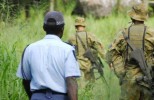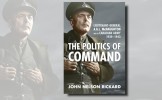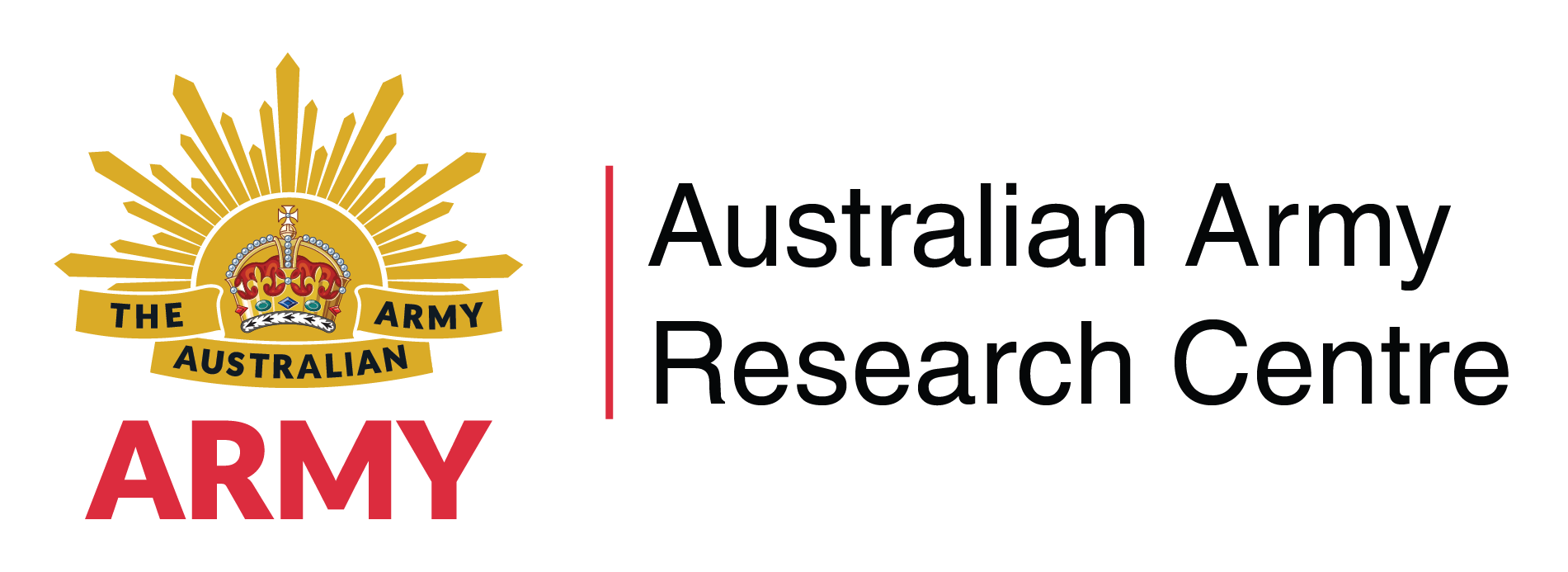Search
Using the filters to the left, click your selection, it will become bold and filter the results, click it again to remove that filter.
Titles to Note Listed below is a selection from the review copies that have arrived at the Australian Army Journal . Reviews for many of these books can be found online using the search function and filtering for the Journal Article Content Type, and Book Review Publication Type. Alternately you can browse through the range of online Australian Army Journal editions. Honor and Fidelity: The 65th Infantry in Korea , 1950-1953, Gilberto N Villahermosa Brent, Scribe Publications, ISBN 9780160833243, 329 pp. …
Listed below is a selection from the review copies that have arrived at the Australian Army Journal . Reviews for many of these books can be found online using the search function and filtering for the Journal Article Content Type, and Book Review Publication Type. Alternately you can browse through the range of online Australian Army Journal editions. North Korea on the Brink, Glyn Ford with Soyoung Kwon, Pluto Press, ISBN 9780745325989, 249 pp. (Distributed in Australia by Palgrave Macmillan) Reporting …
Listed below is a selection from the review copies that have arrived at the Australian Army Journal. Reviews for many of these books can be found online using the search function and filtering for the Journal Article Content Type, and Book Review Publication Type. Alternately you can browse through the range of online Australian Army Journal editions. • North Korea on the Brink , Glyn Ford with Soyoung Kwon, Pluto Press, ISBN 9780745325989, 249 pp. (Distributed in Australia by Palgrave Macmillan) • …
Listed below is a selection from the review copies that have arrived at the Australian Army Journal . Reviews for many of these books can be found online using the search function and filtering for the Journal Article Content Type, and Book Review Publication Type. Alternately you can browse through the range of online Australian Army Journal editions. Military Ethics , C A J Coady and Igor Primoratz, Ashgate Publishing, ISBN 9780754624875, 546 pp. More than an Ally? Contemporary Australia–US Relations , …
Collective contributions to future land power As we argued in an earlier post , if recent operations such as Anode, Sovereign Borders and the response to MH17 are any indication, Army and the Australian Federal Police (AFP) are likely to provide important collective contributions to land power into the future. While government policy may be pursued through the formation of joint agency headquarters with a continuance of relatively uninterrupted activities along existing departmental lines (e.g. …

David Stahel is an Associate Professor in the School of Humanities and Social Sciences at the University of New South Wales in Canberra. He is the author of numerous historical studies in German military history, especially of the Wehrmacht in the Second World War. He has published seven books with Cambridge University Press, including Operation Barbarossa and Germany’s Defeat in the East, Kiev 1941, The Battle for Moscow, Joining Hitler’s Crusade and Hitler’s Panzer Generals. … David …

This Australian Army Journal (AAJ) article started life as a themed collection of papers concerned with the topic of littoral manoeuvre. This is a priority research area for The Australian Army Research Centre after the release of the Defence Strategic Review (DSR). It is for this reason that two papers in this edition are written by AAJ Board members (Peter Dean and Rhys Crawley). This change from an edited collection of papers to an AAJ represents a return to the AAJ as a biannual publication in the …
Lieutenant-General A.G.L. McNaughton and the Canadian Army, 1939-1943 University of Toronto Press, Toronto, 2011, 416 pp 2021 Paperback Reprint ISBN: 1487541023 Author : John Nelson Rickard Reviewed By : Jordan Beavis Few figures within Canadian military history are as divisive as Lieutenant-General Andrew ‘Andy’ McNaughton. Differing interpretations of his personality, career, and abilities abound. [1] Yet a wide breath of historians are able to agree on one fact – that his replacement as Commander of …

Dr. Risa Brooks is Allis-Chalmers Professor of Political Science at Marquette University, Wisconsin, USA, a non-resident fellow in the Future Security program at New America and non-resident Senior Associate at the Center for Strategic and International Studies. She is the author of Shaping Strategy: The Civil-Military Politics of Strategic Assessment (Princeton University Press), co-editor (with Elizabeth Stanley) of Creating Military Power: The Sources of Military Effectiveness (Stanford University …

